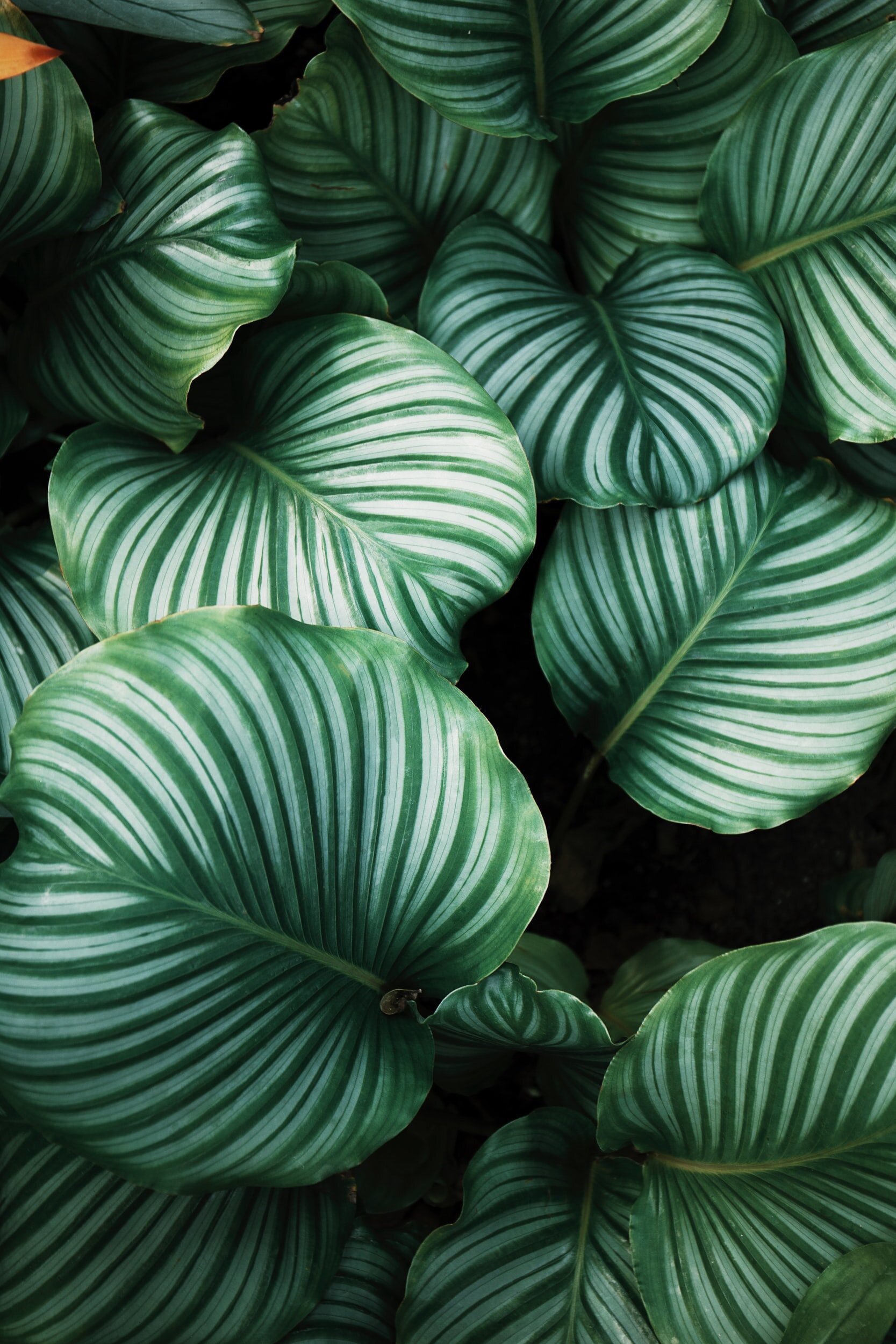
BLOG
The Spleen Channel of Foot Taiyin
The Spleen channel is the Yin-Yang pair channel of the Stomach channel. It’s also the Foot channel of Taiyin…
Below is the pattern differentiation and acupuncture treatment prescription for the signs and symptoms we have learned in this video. There are still a few more things to learn before fully understanding this information. But I will leave these here for those who are interested in taking a peek of what’s coming later or for those who already have some knowledge about pattern differentiation and want to learn more. Until next time! :)
EPIGASTRIC PAIN
CV-12, ST-36, PC-6, SP-4
Cold Invading ST (+ ST-34, BL-21)
Food stagnation (+ CV-10, ST-21)
LV attacking ST (add LV-3, LV-14)
Blood stasis (+ SP-6, BL-17)
SP-ST deficiency Cold (+ BL-20, CV-4)
ST Yin deficiency (+ BL-21, ST-44)
EDEMA
BL-22, BL-40, CV-9, ST-28, SP-9
Upper Burner (+ BL-13, LU-7)
Lower Burner (+ SP-6, CV-4)
LIN SYNDROME
CV-3, BL-28, SP-6, SP-9
Heat (+ BL-40, LV-2)
Stone (+ ST-28, BL-39)
Blood (+ BL-17, SP-10)
Qi (+ LV-5, LV-3)
Damp (+ CV-4, ST-39)
Fatigue (+ BL-20, BL-23)
DYSMENORRHEA
CV-3, SP-6, SP-8, Shiqizhui, BL-32
Qi stagnation-Blood stasis (+ LV-3, SP-10)
Cold congealing Blood (+ CV-4, ST-29)
Qi and Blood deficiency (+ CV-6, SP-10)
Kidney deficiency (+ BL-23, KD-3)
Spleen Channel of Foot Taiyin
The Spleen channel is the Yin-Yang pair channel of the Stomach channel. It’s also the Foot channel of Taiyin. Let’s start with the primary channel.
The Spleen Primary Channel
The Spleen primary channel begins at SP-1, at the medial side of the big toe. It goes along the medial aspect of the foot and ascends to SP-5, in front of the medial malleolus.
It ascends the leg along the posterior aspect of the tibia, it crosses the Liver channel 8 cun above the medial malleolus. It continues to go up along the medial aspect of the knee and the antero-medial aspect of the thigh to the lower abdomen.
It intersects the Conception Vessel at CV-3, CV-4, and CV-10, and then enters the Spleen and Stomach.
It emerges in the region of the Stomach, goes to SP-16, 4 cun lateral to the midline, passses through GB-24 and LV-14. It goes to SP-20, 6 cun lateral to the midline, meeting with LU-1. The channel goes down to end at SP-21.
There is a branch from the Stomach that goes through the diaphragm and connects with the Heart. Finally, another branch goes through the diaphragm, goes up along the esophagus to spread over the lower surface of the tongue.
The Spleen Luo-connecting Channel
The luo-connecting channel starts at SP-4. It connects with the Stomach channel. It enters the abdomen to connect with the intestines and Stomach.
The Great Luo-connecting Channel
The great luo-connecting channel comes out at SP-21 and it spreads through the chest and lateral costal region.
The Spleen Divergent Channel
The divergent channel comes out from the primary channel in the middle of the anterior thigh, following the divergent channel of the Stomach to the throat, where it penetrates the tongue.
The Spleen Sinew Channel
The sinew channel starts at SP-1 and binds at the SP-5. It goes up the leg and binds at SP-9. It goes up the thigh and binds at the groin, and then converges at the genitals. It goes up the abdomen and binds at the umbilicus. It enters the abdomen and binds at the ribs and spreads in the chest. Finally, a branch from the inside of the chest adheres to the spine.
Key points
The primary channel passes through the hypochondriac, passing GB and LV points, and ascends along the chest to meet with LU-1; the great luo-connecting channel spreads through the chest and lateral costal region; and the sinew channel binds at the ribs and spreads in the chest
The primary channel branch runs alongside the esophagus and spreads over the lower surface of the tongue, and the divergent channel goes to the throat and penetrates the tongue
The primary channel goes to the lower abdomen, intersecting the Conception Vessel
The sinew channel converges at the genitals, binds at the umbilicus, and adheres to the spine
The primary channel enters the Spleen, Stomach, and Heart
The luo-connecting channel enters the Stomach and intestines
Signs and Symptoms of the Primary Channel
Now, let’s look at what kind of signs and symptoms manifest when there is a problem with the Spleen primary channel.
Stiffness of the tongue, pain of the tongue
Vomiting
Epigastric pain, epigastric stuffiness
Abdominal pain, abdominal distention
Loose stool
Inability to urinate
Swelling, cold feeling, or weakness of the leg muscles
A feeling of a heavy body
Stiffness of the tongue, pain of the tongue. The primary and divergent channels go to the tongue.
Vomiting, epigastric pain, epigastric stuffiness, abdominal pain, abdominal distention, and loose stool. These are digestive problems we can expect as the luo-connecting channel enters the intestines and Stomach.
Inability to urinate, swelling, cold feeling, or weakness of the leg muscles, and a feeling of a heavy body. They are signs and symptoms due to Spleen’s dysfunction of transportation and transformation of the fluids.
Signs and Symptoms of the Luo-connecting Channel
Abdominal pain, vomiting, diarrhea (excess)
Abdominal distention (deficiency)
Signs and Symptoms of the Great Luo-connecting Channel
Pain all over the body, weakness and flaccidity of the joints of the four limbs, backache radiating to the abdomen
Signs and Symptoms of the Sinew Channel
Strain of the big toe, pain and cramping of the medial aspect of the ankle, knee, and thigh, twisting pain of the genitals that may reach the navel, the lateral costal region, chest or spine
Main Acupuncture Points of the Spleen Channel
Now let’s go over some major acupuncture points on this channel.
SP-1 is the point to choose for fullness in the chest and below the Heart because it unbind the chest.
It also treats the bleeding disorder in the lower burner. If there is uterine bleeding or blood in urine or stool due to Spleen deficiency, moxibustion can be applied to this point. On the other hand, if the bleeding is due to Heat in the Blood, needling or pricking can be applied to this point.
SP-2 is indicated for excess Dampness or Damp-Heat, causing sudden swelling of the four extremities, heaviness of the body with pain in the bones, and oppression of the chest.
It is also indicated for Heat in the Stomach and Intestines, causing vomiting, diarrhea, epigastric and abdominal distention or pain.
SP-3 is an important point that not only tonifies the Spleen deficiency, but also resolves excess Dampness and Damp-Heat. So it can treat various signs and symptoms related to the Dampness with deficiency, such as borborygmus, diarrhea, heaviness of the body, and so on.
SP-5 is similar to SP-3 in that both points can treat the Spleen deficiency and excess Dampness. Likewise, SP-3 can treat heaviness of the body and pain of the joints and SP-5 can treat diseases of the sinews and bones. But SP-3 has a strong tendency towards tonifying, whereas SP-5 has more moving and reducing actions.
Also, SP-5 is indicated for stiffness and pain at the root of the tongue and impaired speech.
SP-4 is an important point for upper and lower abdominal distention or pain caused by Qi stagnation or Bloodstasis from Dampness obstruction.
It is also indicated for emotional disorders. Phlegm can obstruct the Heart or Phlegm-Heat can agitate the Mind, causing manic-depression; Qi and Blood deficiency can cause insomnia or restlessness. Either way, SP-4 is a good point to choose.
SP-6 has a wide range of actions and indications. It is a primary point for the Spleen disharmony, but it is also used for the Heart and Kidney disharmony. Moreover, this point is the meeting point of the 3 Yin channels of the foot, the Spleen, Liver, and Kidney channels. So SP-6 can be used to treat any disorders of the lower burner, including genital problems, urinary and gynecological disorders.
SP-8 can moderate acute conditions, especially gynecological disorders. This point has strong actions of resolving Qi stagnation and Bloodstasis. SP-10 is similar to this point in that SP-10 can also invigorate the Blood and remove Bloodstasis. But SP-10 has an additional action of cooling the Blood.
Lastly, SP-9 opens and moves the Water Passages. This point drains excess Dampness and Damp-Heat, but it does not tonify like SP-3 or SP-5 does.
Next, we will learn about the Heart Channel of Hand Shaoyin. If you have any feedback or questions about the material covered, please don’t hesitate to contact at junhwa@tcmexplained.com.
* The content is provided only for education purposes and is not intended to be a substitute for professional medical advice, diagnosis, or treatment.
References
1. Cheng, Xinnong, ed. Chinese Acupuncture and Moxibustion. 3rd ed. Fifteenth Printing 2014. Beijing: Foreign Languages Press, 2012.
2. Deadman, Peter, Mazin Al-Khafaji, Keven Baker. A Manual of Acupuncture. 2nd ed. East Sussex, England:Journal of Chinese Medicine Publications, 2007.
3. Kaptchuk, Ted J. The Web That Has No Weaver: Understanding Chinese Medicine. 2nd ed. New York: McGraw-Hill, 2000.
4. Maciocia, Giovanni. The Foundations of Chinese Medicine: A Comprehensive Text for Acupuncturists and Herbalists. 3rd ed. Philadelphia: Elsevier Churchill Livingstone, 2015.
